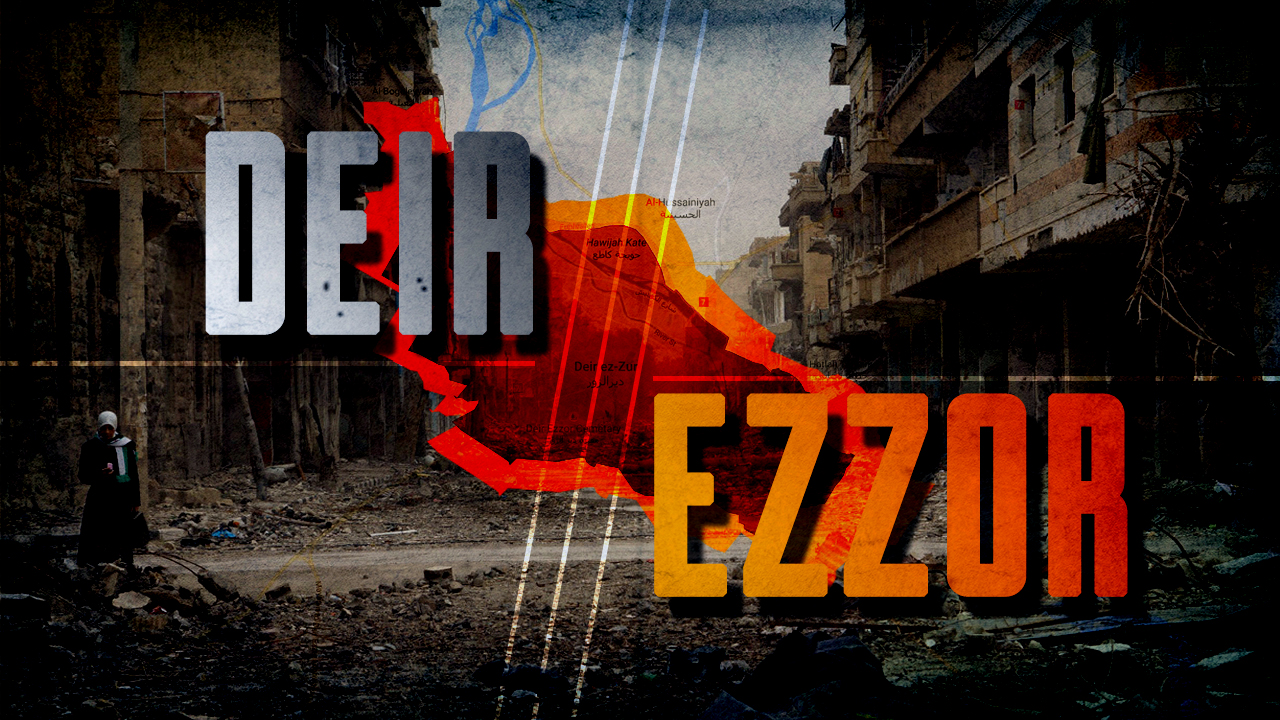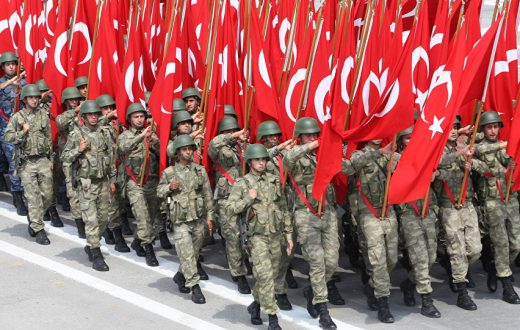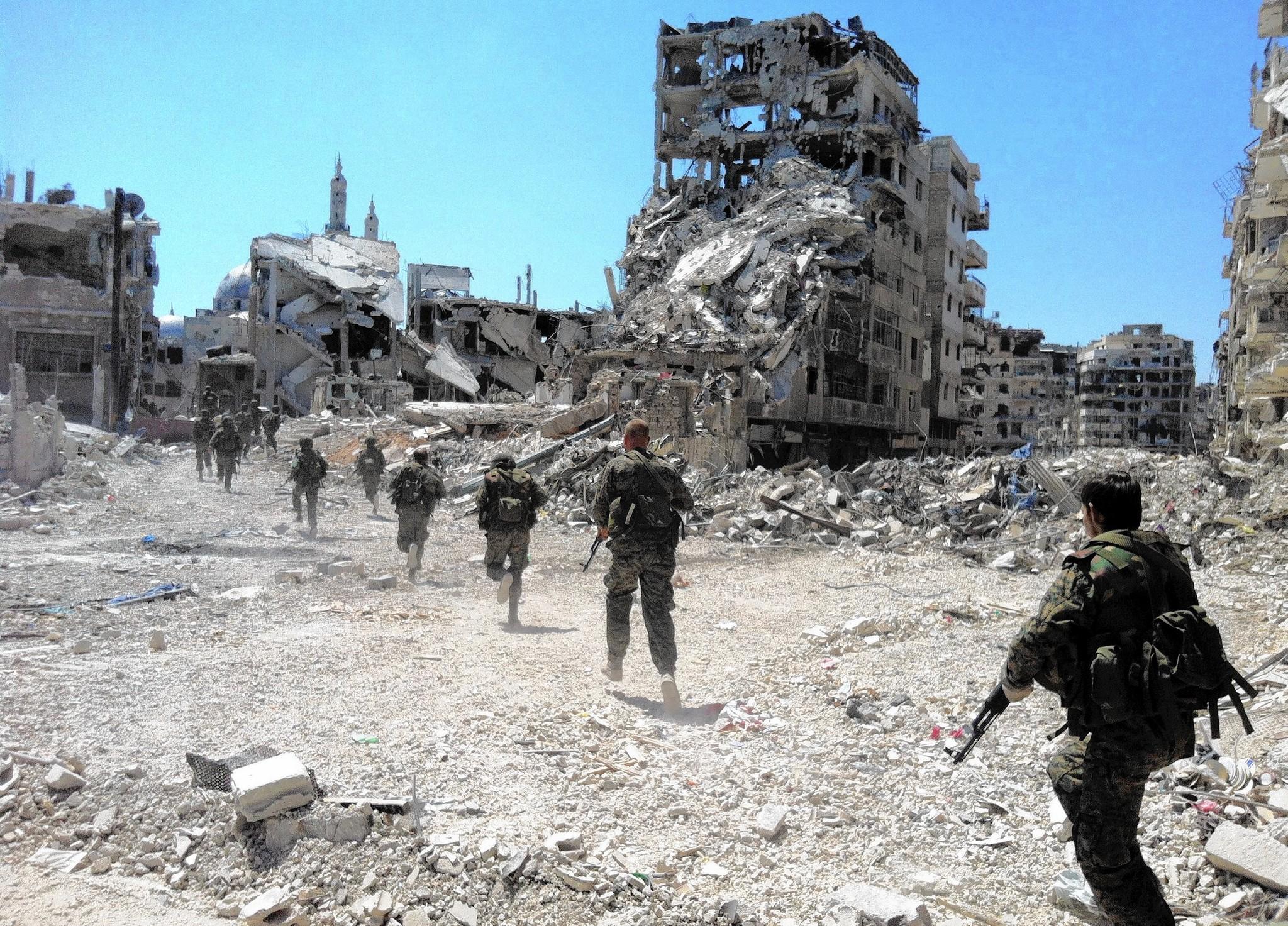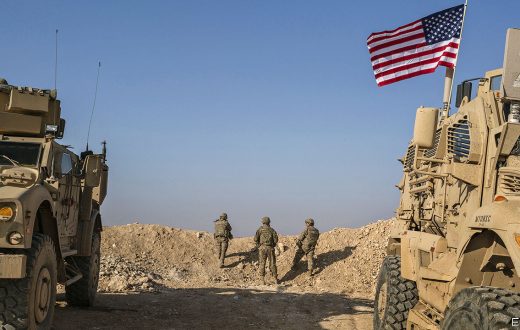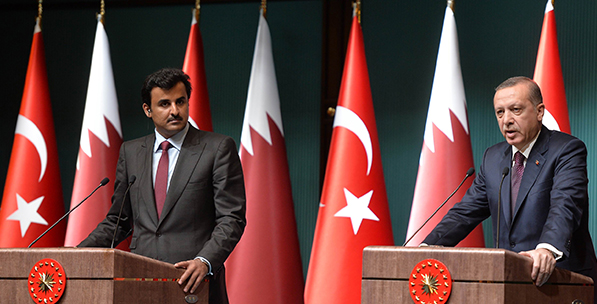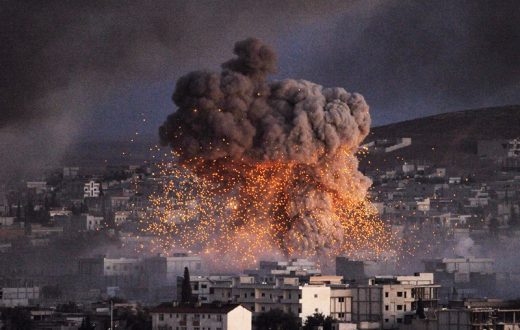Deir ez-Zor is the largest city in Eastern Syria, and with the imminent fall of Raqqa and Mosul, it will probably become Islamic State’s next stronghold. The city had a pre-war population of 200,000 inhabitants, mostly Sunnis. Deir ez-Zor has been under a partial siege since November 2013, and a full-scale “Medieval” siege since the end of 2014 and the rise in power of the Islamic State.
In the eastern Syrian city of Deir ez-Zor the days are long for its people. Life is marked by the sounds of explosions and mortar shells. The streets are empty as the residents remain in their homes to avoid death by missiles from the sky. Anxiety, hunger, lack of sleep…the people are struggling to survive from one day to the next in this modern-day siege by the Islamic State.
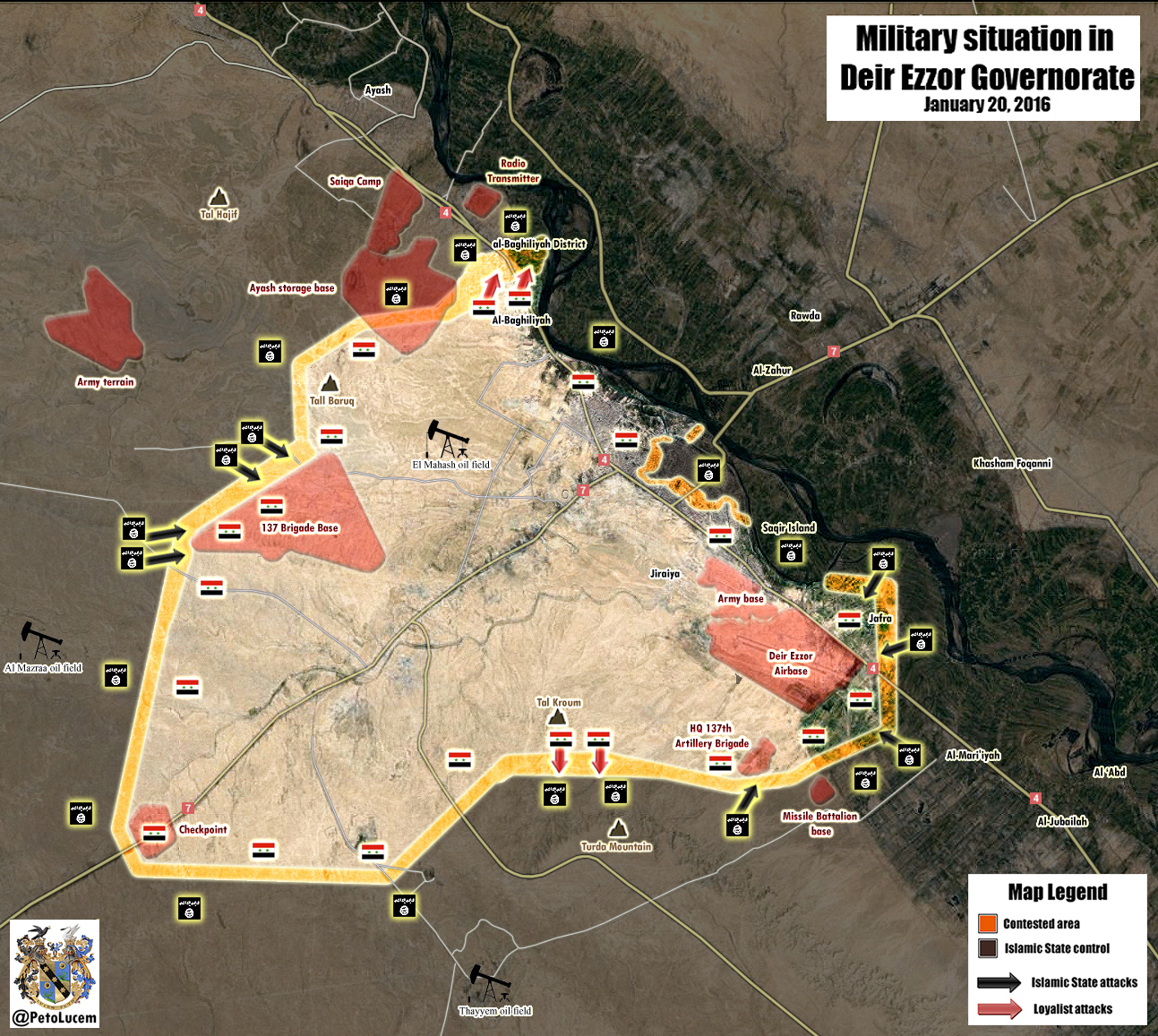
Background :
Since the Iraqi Army offensive in Mosul, the Islamic State’s biggest stronghold (pre-war population, one million), the Islamic State has become more determined than ever to finish off the last defences of Deir ez-Zor and end the siege with a decisive victory over government troops. The transnational terrorist group has pushed all its remaining forces to capture the city.
“All of us have this feeling that you might leave your home and not return,” Zein, a resident of Deir ez-Zor’s al-Qusoor neighborhood, told the website “Al-Monitor” over the phone. “All the people are traumatized. There is no way to cope, as people become accustomed to a situation that then just gets worse.”
Residents complained to Syrian and foreign media that the situation in the city has become unbearable for civilians in recent months and with the Mosul offensive, mortar rounds hitting the city daily, no part of the city is safe anymore.
Deir ez-Zor has been under a partial siege since November 2013, and a full-scale “Medieval” siege since the end of 2014 and the rise in power of the Islamic State. Access to fuel, water and electricity has slowly but surely disappeared from the city, and the only remaining resources are used by government forces to protect the city.
What’s more, the civilian parts of the city are now ruled by local mafias and thugs, and the price of basic food products (delivered by helicopter and airplane drops) has rocketed. On top of that, the people have a Damocles sword above their heads with the looming threat of an ISIS massacre if the government troops flee the city like the Iraqi Army did in Mosul; the civilians fear a massacre, knowing the reputation of ISIS.
A Strategic location: Between Raqqa and Mosul
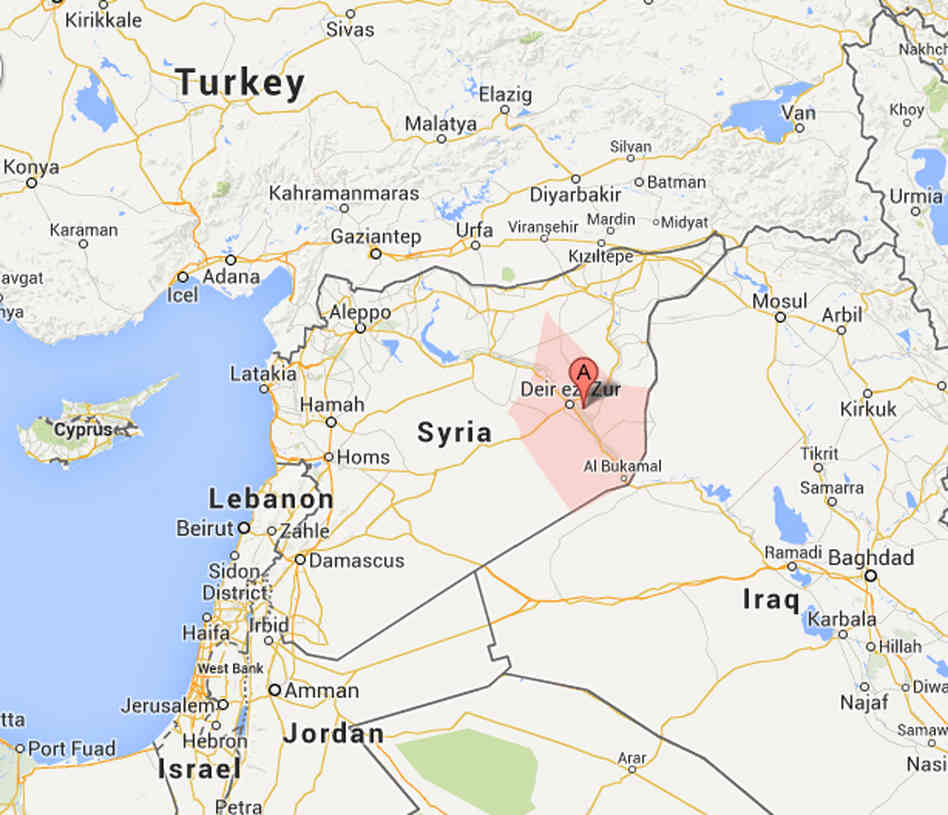
Deir ez-Zor is found at a strategic location for ISIS between Raqqa and Mosul, its two current strongholds under heavy pressure from the Iraqi Army in Mosul and the Kurds in Raqqa. ISIS has been enforcing a full-scale offensive against the city since January 2017. In this surprise offensive the group managed to cut the city in two and separate the city region from the airport region, where troops and any remaining civilians used to receive supplies (food and ammunition) from airdrops. The surprise offensive effectively cut off the last remaining aid supply line to around 100,000 civilians in the city and thousands of SAA soldiers.
Still, this surprise offensive had been expected for a long time, given the fact that IS had been trying to capture the city since 2014. By controlling Deir es-Zor, ISIS could gain full control over Northern Syria and Western Iraq, and the zone could become a safe haven for ISIS operations. The capture of the city would also give ISIS another urban stronghold. ISIS has performed very well defending urban areas and has been maintaining modern armies and powerful militias for months in Manbij, Al-Bab and Mosul.
Deir ez-Zor cannot be re-captured quickly by governmental forces
Additionally, the city is located in the middle of the desert and it would be very difficult and unlikely for a government player to re-capture it anytime soon. Indeed, the Kurds have no interest in capturing it, and potentially no capacity to capture such a far-off city. The SAA are currently busy fighting off and destroying rebel pockets in central and northern Syria and will probably have to confront Turkish-backed rebels in the Al-Bab region in the coming months. The Iraqi Army is also unlikely to re-capture a Syrian city, and coalition airstrikes disturb regional IS operations, but will not have a significant impact without a ground operation.
The city also has the advantage of being the administrative center of Syria’s eastern oil-rich desert. Taking it will ensure that IS only control the urban area now, but also an entire region and its outskirts, effectively controlling another 100,000 of the rural population.
Russia-Iran Clashes over the importance of Deir ez-Zor
Since the capture of Palmyra in March 2016, Deir ez-Zor has become a contentious subject between Assad, Iran and Russia. While the SAA, Iran and Hezbollah wanted to focus on capturing Aleppo first, the main urban center of Syria, Russia wanted to push further and recapture the Deir ez-Zor region, which would have given the regime control of most of Central and Eastern Syria, and most importantly shown the Americans and the world that they were serious about fighting ISIS, since Russia has been heavily criticized by Syrian War experts for focusing most of its airstrikes on rebels and not against ISIS.
Yet the Russians did not manage to convince the SAA and Iran, since these two were more interested in conquering the heavily populated cities of central Syria and dividing the rebels between moderates and radicals.
The future of Deir ez-Zor seems to belong to the Islamic State with the imminent capture of the city, now surrounded and divided. With more and more fighters arriving from the lost areas of Mosul, experienced ISIS fighters are becoming more numerous and more threatening in the region, while the on average 20-year-old SAA soldiers defending the city and coming mostly from Central Syria, will probably seize the first opportunity to flee the city, as the Iraqi Army did in Mosul, rather than fighting to death for a city they do not know.
The YPG and FSA factors
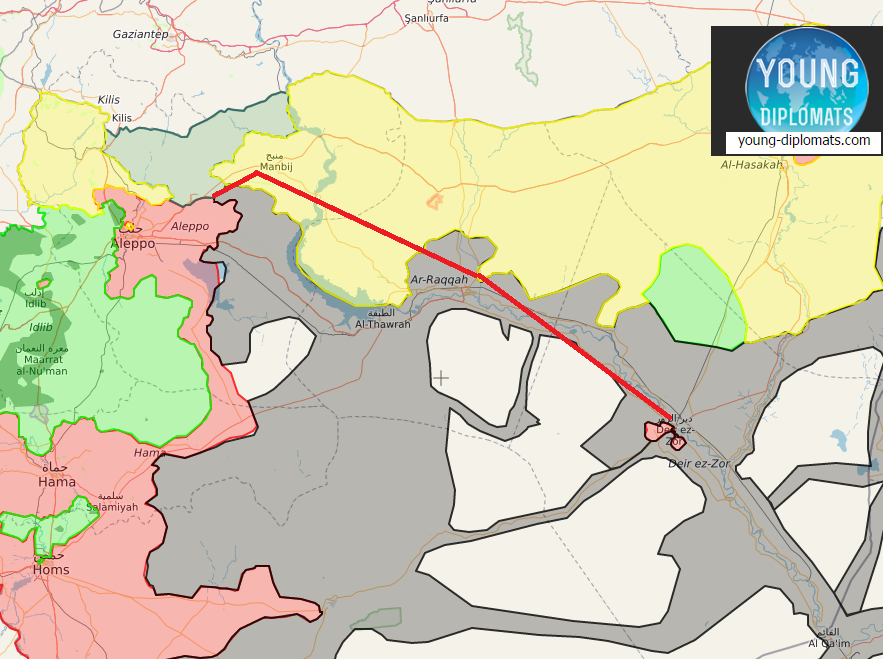
My prediction is therefore that Deir ez-Zor will fall into the hands of the Islamic State in 2017-2018, the prerequisites being the success of the Iraqi Army in Mosul and the Success of YPG in Raqqa. YPG would only be interested in conquering Raqqa if Turkish-backed rebels pledge not to attack Manbij. This could only be arranged through American diplomacy between the Turks and the Kurds. If the YPG are indeed attacked by the Free Syrian Army, they will retreat from the Raqqa region to defend their stronghold of Manjib. As a consequence, there will be less pressure on Raqqa, the Islamic State capital, and its fighters will have less interest in capturing Deir ez-zor as their new capital. Therefore to conclude, the fate of Deir ez-Zor remains in the hand of the Turkish-backed rebels in Northern Syria.

